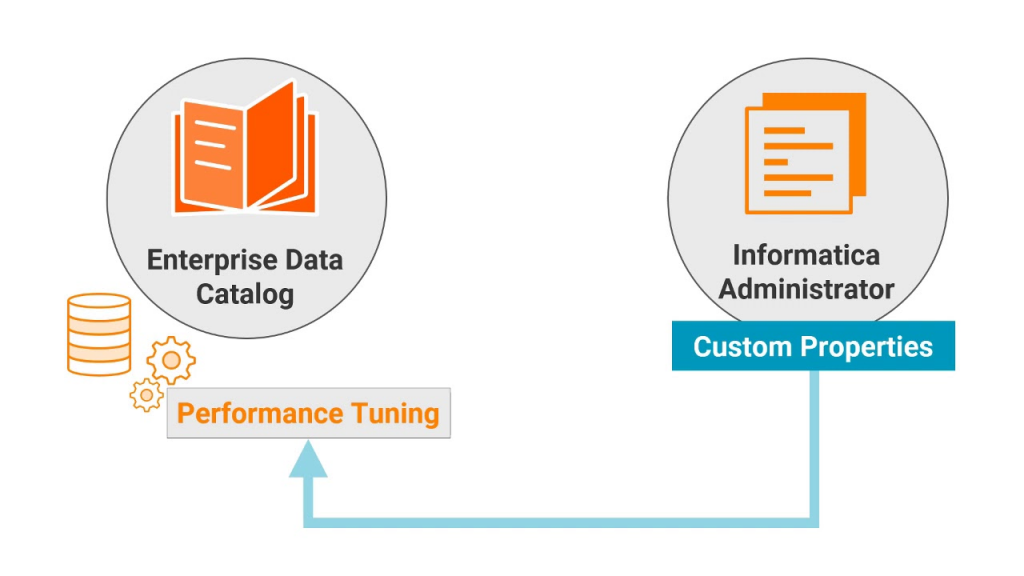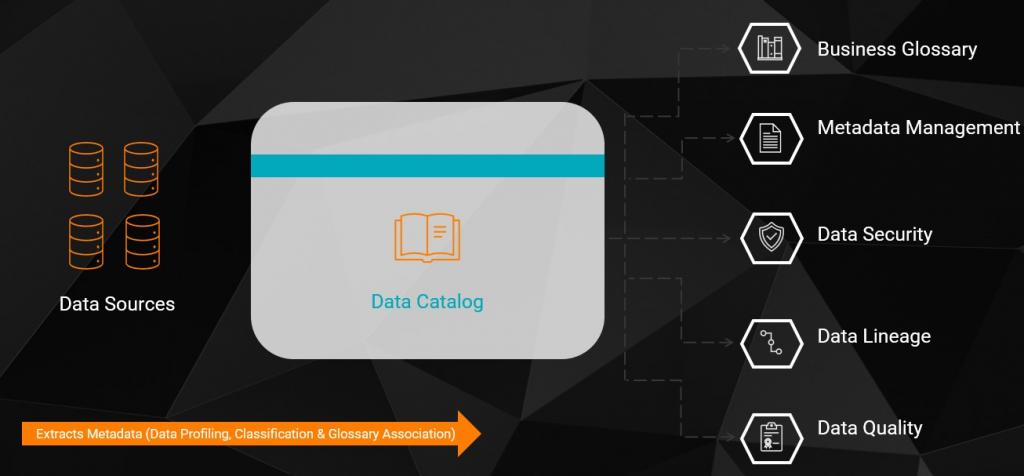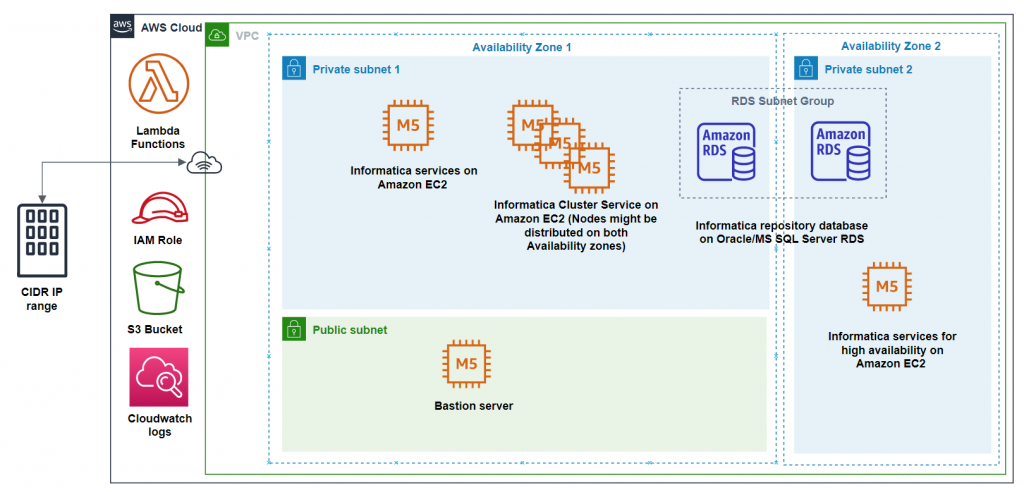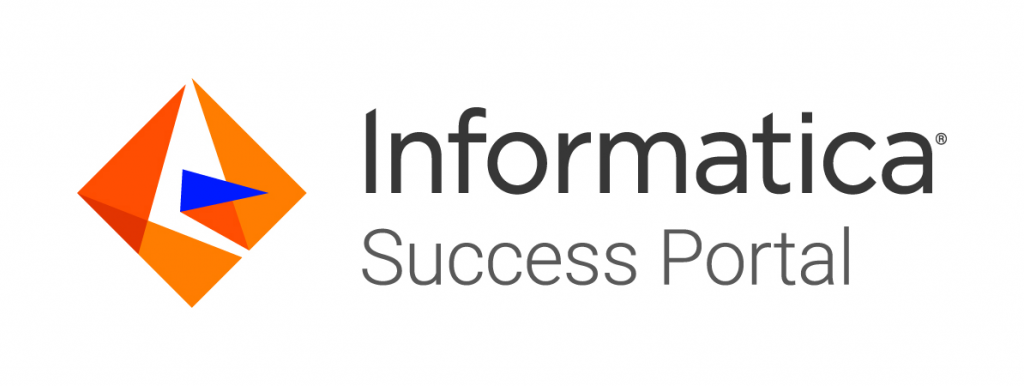What is Informatica Enterprise Data Catalog?

Informatica Enterprise Data Catalog is a data catalog and data governance solution provided by Informatica, a leading data management company. It is designed to help organizations discover, catalog, and govern their data assets across various data sources and platforms. Informatica Enterprise Data Catalog provides a comprehensive view of an organization’s data assets, enabling data professionals to find and understand data quickly, collaborate with others, and ensure data quality and compliance with data governance policies.
Top 10 use cases of Informatica Enterprise Data Catalog:
- Data Cataloging: Create a centralized and searchable data catalog to discover and access data assets.
- Data Governance: Establish data governance policies, rules, and workflows for data management and compliance.
- Data Lineage: Track data lineage to understand the origins and transformations of data.
- Data Quality Management: Monitor and improve data quality through data profiling and data quality assessments.
- Collaboration and Sharing: Facilitate collaboration among data users to share knowledge and insights about data assets.
- Data Access Control: Control data access and security to protect sensitive data and comply with regulations.
- Data Insights and Recommendations: Get data insights and recommendations to facilitate data-driven decision-making.
- Data Privacy and Compliance: Ensure compliance with data privacy regulations, such as GDPR or CCPA.
- Data Asset Collaboration: Collaborate on data assets with data professionals and business users.
- Data Usage Tracking: Track data usage to understand how data assets are being utilized.
What are the feature of Informatica Enterprise Data Catalog?

- Data Catalog: Provides a centralized and searchable data catalog with metadata management capabilities.
- Data Governance: Enables data governance workflows, data stewardship, and data governance policies.
- Data Lineage: Visualizes data lineage to track data origins and transformations.
- Data Quality Management: Performs data profiling and data quality assessments.
- Collaboration: Facilitates collaboration and knowledge sharing among data users.
- Data Access Control: Provides data access control and security features.
- AI-driven Insights: Leverages AI and machine learning to provide data insights and recommendations.
- Data Privacy and Compliance: Helps ensure data privacy and compliance with regulations.
- Business Glossary: Allows users to maintain a business glossary to define and standardize data terms.
- Integrations: Integrates with various data sources, data platforms, and tools.
How Informatica Enterprise Data Catalog works and Architecture?

Informatica Enterprise Data Catalog is a comprehensive platform with a metadata-driven architecture. It leverages metadata to provide a unified view of data assets and their relationships across various data sources.
The architecture of Informatica Enterprise Data Catalog involves the following components:
- Data Connectors: Informatica Enterprise Data Catalog offers connectors to various data sources and platforms to collect metadata.
- Metadata Management: The platform collects and manages metadata from connected data sources to build the data catalog.
- Metadata Repository: Informatica Enterprise Data Catalog stores metadata in a centralized repository for quick access and indexing.
- AI and Machine Learning: The platform utilizes AI and machine learning algorithms to automate data discovery, classification, and insights.
- User Interface: Informatica Enterprise Data Catalog offers a user-friendly web-based interface for data discovery, exploration, and collaboration.
How to Install Informatica Enterprise Data Catalog?
Informatica Enterprise Data Catalog is an enterprise-level data catalog platform that typically requires collaboration with Informatica’s sales and support teams for installation and configuration. The installation process can vary based on your organization’s infrastructure and specific requirements.
To get started with Informatica Enterprise Data Catalog, consider these general steps:
- Contact Informatica: Reach out to Informatica’s sales or support team to discuss your requirements and obtain the necessary licenses and installation support.
- System Requirements: Review the system requirements and hardware specifications provided by Informatica for your specific version.
- Installation and Configuration: Work closely with Informatica’s professional services or support team to install and configure Informatica Enterprise Data Catalog based on your organization’s needs.
- Data Source Connectivity: Connect Informatica Enterprise Data Catalog to your data sources and platforms to start cataloging and governing your data assets.
Since the installation process can be complex and tailored to specific environments, it is best to work closely with Informatica’s professional services or support team to ensure a successful deployment of the platform.
Basic Tutorials of Informatica Enterprise Data Catalog: Getting Started
Here, Let’s come to the main key steps to get started with Informatica Enterprise Data Catalog:

Step-by-Step Basic Tutorial of Informatica Enterprise Data Catalog:
Step 1: Obtain Informatica Enterprise Data Catalog
- Contact Informatica’s sales team to obtain the necessary licenses and access to Informatica Enterprise Data Catalog.
Step 2: Install and Configure Informatica Enterprise Data Catalog
- Review the system requirements and hardware specifications provided by Informatica for your specific version.
- Work closely with Informatica’s support team to install and configure Informatica Enterprise Data Catalog based on your organization’s needs.
Step 3: Set Up User Authentication and Access Control
- Configure user authentication to control access to Informatica Enterprise Data Catalog.
- Set up user roles and permissions based on organizational roles and responsibilities.
Step 4: Connect Data Sources to Informatica Enterprise Data Catalog
- Connect your data sources to Informatica Enterprise Data Catalog. This might involve providing connection details to your databases, data lakes, or other data repositories.
Step 5: Discover and Catalog Data Assets
- Use Informatica Enterprise Data Catalog to discover and catalog data assets from the connected data sources.
- Add metadata, descriptions, and business glossary terms to enhance data understanding.
Step 6: Set Up Data Governance Policies
- Establish data governance policies, rules, and workflows within Informatica Enterprise Data Catalog.
- Assign data stewardship responsibilities and manage data governance processes.
Step 7: Collaborate and Share Knowledge
- Encourage collaboration among data professionals by leaving comments and annotations on data assets.
- Share knowledge and insights about data assets within Informatica Enterprise Data Catalog.
Step 8: Utilize Data Insights and Recommendations
- Leverage Informatica Enterprise Data Catalog’s AI-driven insights and recommendations for data discovery and analysis.
Step 9: Monitor Data Usage and Governance Metrics
- Use Informatica Enterprise Data Catalog to monitor data usage and track data governance metrics and KPIs.
Step 10: Ensure Data Privacy and Compliance
- Utilize data access controls and data classification features to ensure data privacy and compliance with regulations.
For a more detailed and comprehensive tutorial, I recommend referring to Informatica’s official documentation, training materials, or seeking assistance from Informatica’s support or professional services team.
Email- contact@devopsschool.com

 Starting: 1st of Every Month
Starting: 1st of Every Month  +91 8409492687
+91 8409492687  Contact@DevOpsSchool.com
Contact@DevOpsSchool.com
